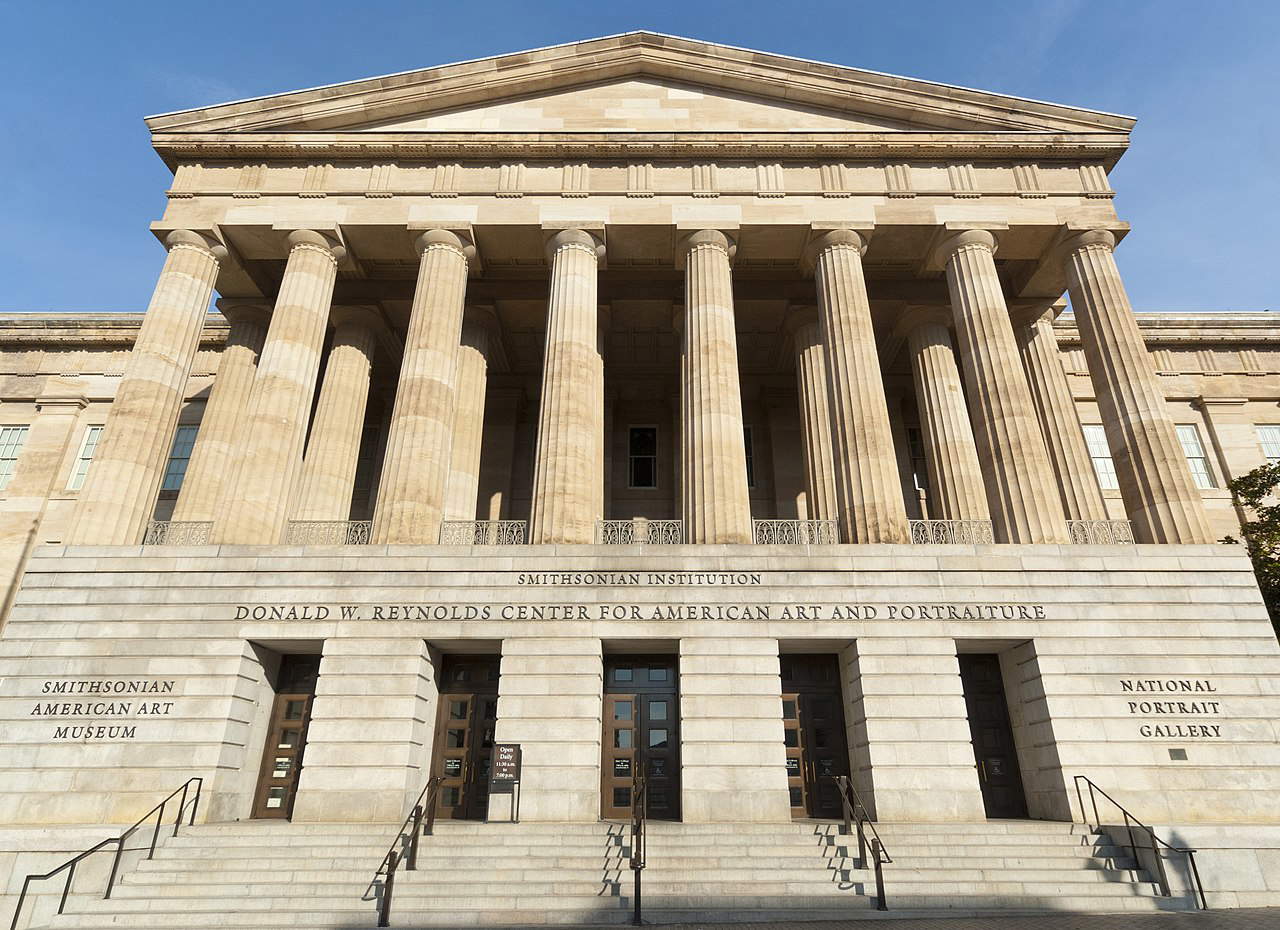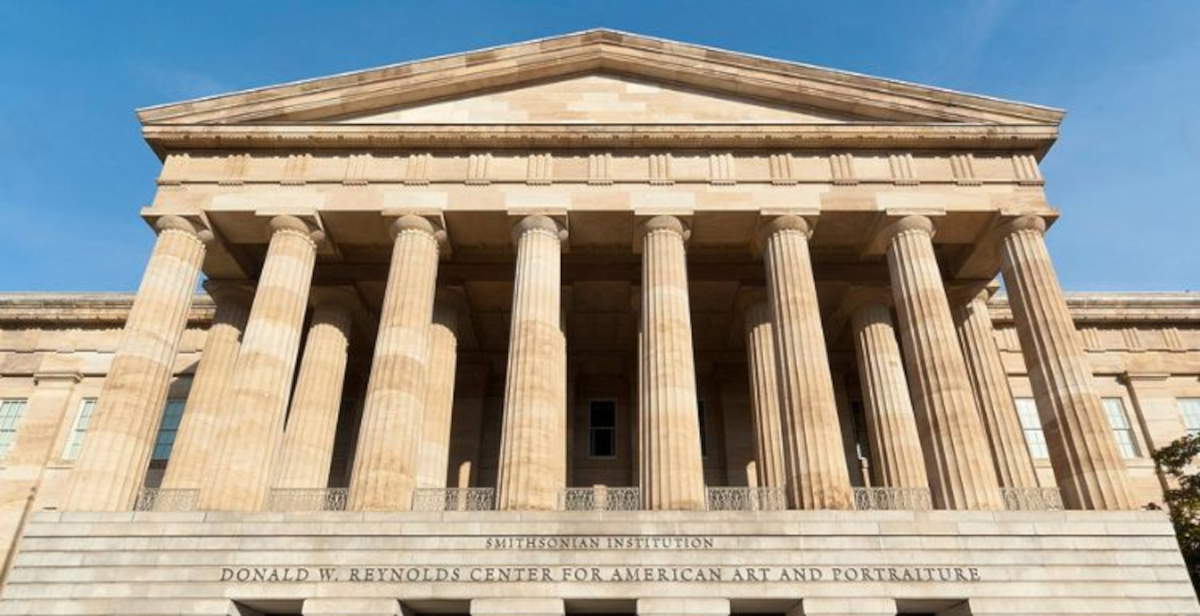The Smithsonian Institution, one of the world’s largest museum complexes based in Washington, has closed its facilities due to the federal government shutdown that began Oct. 1. The decision, announced over the weekend and as reported by Artnews magazine, marks an important step in the crisis that has paralyzed several sectors of the U.S. capital for two weeks. Theshutdown involves 21 museums and galleries, including the renowned Hirshhorn Museum and Sculpture Garden, the Smithsonian American Art Museum and the National Portrait Gallery, and represents the largest suspension of cultural activities brought about by the government shutdown to date.
It is not the first case of forced closure for the city’s cultural institutions. Already the National Gallery of Art(we covered it here) had lowered its shutters last weekend, confirming the growing impact the political standoff is having on Washington’s cultural landscape. The difference, in the case of the Smithsonian, lies in the size and importance of the museum network, which draws millions of visitors each year and holds collections of international significance. The institution receives much of its funding from the federal government, but in the days immediately following the onset of the shutdown it had attempted to remain operational using internal funds. Initially there had been talk of a shutdown set for Oct. 6, then postponed until the 11th in an attempt to buy time pending political developments. The lack of agreement between Democrats and Republicans, however, made the indefinite suspension inevitable.
The issue of the fallout on workers remains sensitive. According to Artnews, in the previous shutdown, between late 2018 and early 2019, Smithsonian employees went without pay, with severe personal and economic consequences. It is unclear whether the current situation will follow the same path. President Donald Trump, in recent weeks, has hinted that federal workers on forced leave will not automatically be entitled to back pay. To complicate the picture, the White House on Friday disclosed a new round of layoffs tied directly to the shutdown. The roots of the political clash that generated the shutdown lie in the differences between the two major parties on the issue of health care. Democrats demanded that the cuts introduced by Republicans be eliminated, while the latter insisted that their own funding plan be approved. The absence of compromise has led to the paralysis, which, as we enter its second week, is also beginning to have tangible effects in the cultural sphere.

Of concern now are the exhibition programs planned by the various venues. The Smithsonian American Art Museum, for example, has an exhibition scheduled for later this month devoted to Grandma Moses, the American painter who became famous for her rural depictions. At the National Portrait Gallery, an exhibition linked to a periodical portrait competition was expected to open on October 18, but has already been postponed until a later date. The absence of certainty therefore makes it difficult to predict whether these initiatives will be able to take place regularly or whether they will suffer permanent cancellation. The Smithsonian has also long been at the center of political tensions with the Trump administration. Back in March, the president signed an executive order accusing the institution of being influenced by a divisive, race-centered ideology. In the same context, he had released a list of works displayed in federal museums that he felt conveyed undesirable themes, particularly those related to migration and transgender identity.
The controversy especially affected the National Portrait Gallery. Director Kim Sajet resigned after Trump publicly stated that he had removed her from her post. Also there, artist Amy Sherald canceled a leg of her traveling exhibition, prompting the decision with accusations of censorship. The painter, also known for her official portrait of Michelle Obama, claimed that the institution had asked her to exclude a work depicting a trans African American woman in the guise of the Statue of Liberty. The protracted shutdown is intertwined with a backdrop of political and cultural tensions that have already been evident for months. With the government shutdown entering its second week, it remains difficult to determine if and when the Smithsonian facilities will be able to reopen. Meanwhile, Washington loses, at least temporarily, access to one of its most recognizable cultural heritages, at a time when political events seem to be having a direct and immediate impact on the city’s cultural life.
 |
| USA, Smithsonian closes museums in Washington over shutdown |
Warning: the translation into English of the original Italian article was created using automatic tools. We undertake to review all articles, but we do not guarantee the total absence of inaccuracies in the translation due to the program. You can find the original by clicking on the ITA button. If you find any mistake,please contact us.